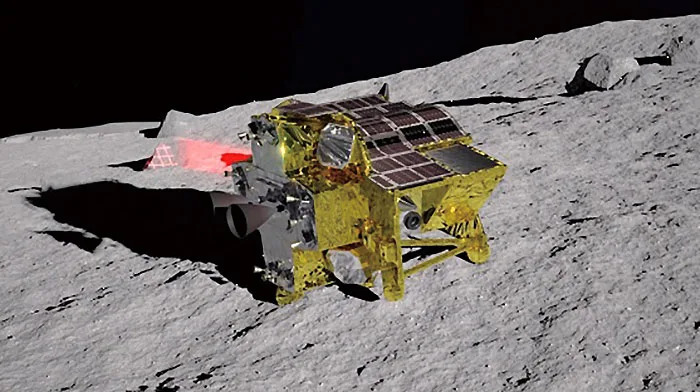Victor Tangermann
Tue, January 23, 2024 
HE READ ARBEIT MACT FREI AND AGREED
Multi-hyphenate billionaire Elon Musk is no stranger to spreading conspiracy theories, giving neo-Nazis a platform on the internet, and endorsing vicious antisemitic propaganda.
After landing in hot water for an "abhorrent promotion of antisemitic and racist hate," as the White House put it in its statement last year denouncing him for promoting horrid antisemitism, Musk is continuing on his apology tour.
First, he flew to Israel in an apparent attempt to quell a growing advertiser exodus fuelled by his hateful antics.
Now, he's using a visit to the Nazi death camp Auschwitz-Birkenau to clear his name. Worse yet, he's spinning the trip into a self-serving and asinine argument for why his social media company X-formerly-Twitter is important.
According to a video presentation that played before Musk took the stage at an event in the nearby Polish city of Krakow, had social media existed in the 1930s, the Holocaust would've never happened — a blindingly ignorant argument.
Musk was joined by right-wing pundit Ben Shapiro for a conversation following the video. The pair even went as far as to show photoshopped pictures of fake tweets, showing verified accounts alerting people of the atrocities taking place in Auschwitz in the 1940s.
One fake Community Notes comment pointed out that the "Jewish community in Auschwitz is striving for food, not thriving" — an inconceivable attempt to make light of one of the darkest chapters in history.
And no, we're not making this up.
"There are a million things you can say here but the most obvious one is before Nazi Germany built death camps they revoked the rights of free movement for Jewish people," author Aaron Gordon wrote in a post on Bluesky, "and even if they could leave most countries barred all but a token number of refugee Jews from entry."
"Cartoon history shit," he added.
Beyond spreading antisemitic conspiracy theories on his social media network, Musk has also argued that Black students from Historically Black Colleges and Universities (HBCUs) shouldn't become pilots, as he claimed their IQs aren't high enough.
"It will take an airplane crashing and killing hundreds of people for them to change this crazy policy of DIE," he tweeted earlier this month, intentionally mixing up the letters of the acronym for "diversity, equity, and inclusion."
The racist outburst was met with outrage from civil rights groups.
"The only thing anyone needs to hear from Musk about diversity in the workplace is an apology," Marc Morial, president and CEO of the National Urban League, told NBC News, calling his statements "abhorrent and pathetic" at the time.
Meanwhile, Musk is still fumbling in trying to clear his name.
"Two-thirds of my friends are Jewish," he told audiences at the event in Krakow, as quoted by the New York Times. "I’m Jewish by association. I’m aspirationally Jewish."
According to Musk, he had never heard about antisemitism "at dinner conversations" and called it "like an absurdity — at least in my friend circles."
That's rich, coming from a man who's thrown his considerable weight behind antisemitic conspiracy theories.
More on Musk: Elon Musk Cosigns Racist Claim That Black Students Have Low IQs
















